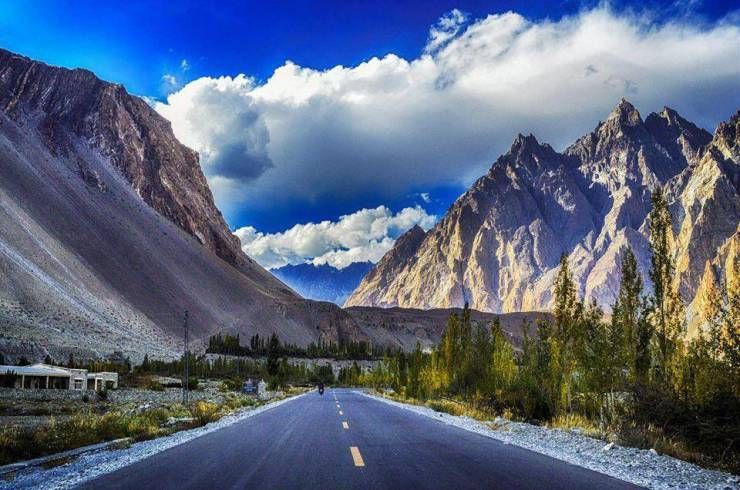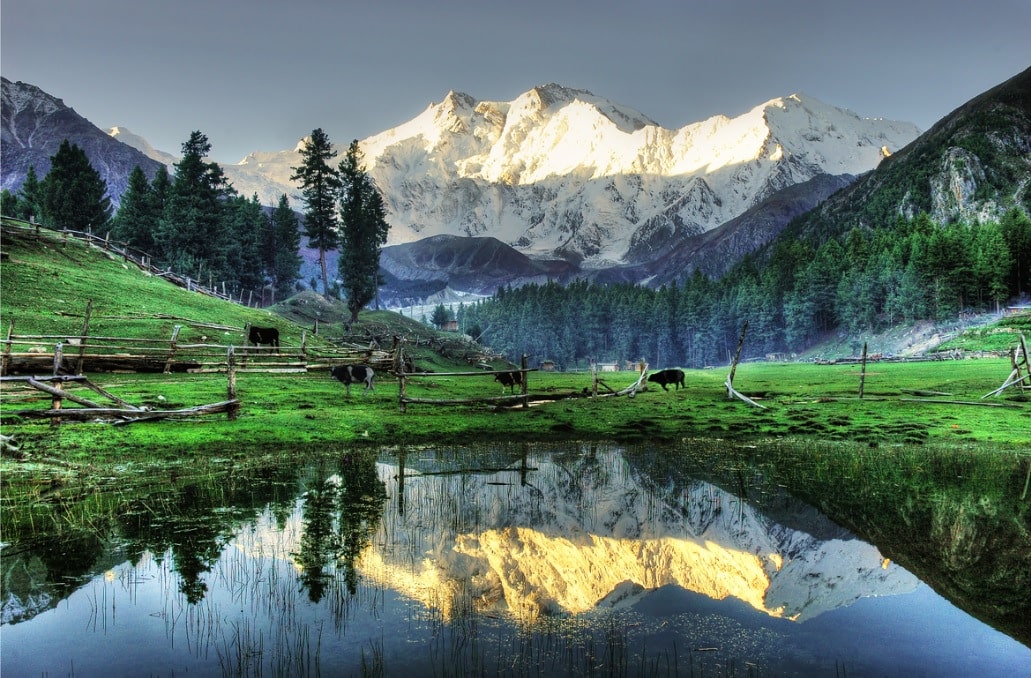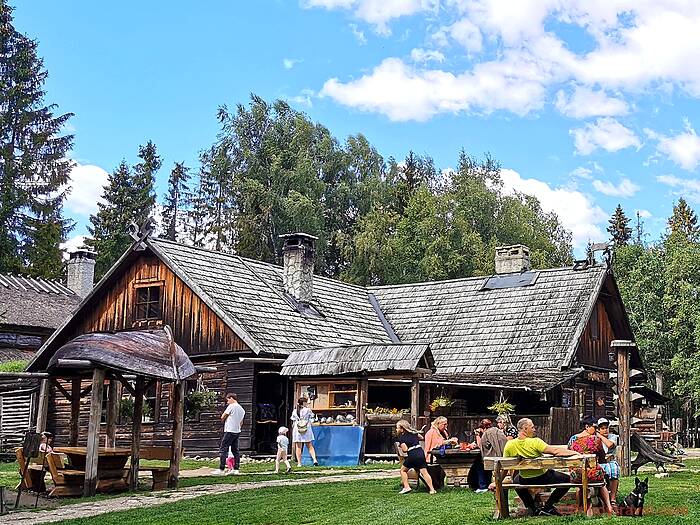There are few places on earth that can rival the breathtaking beauty of the northern regions of Pakistan. This region, known for its towering snow-capped peaks, lush valleys, crystal-clear rivers, and rich cultural heritage, is nothing short of a paradise for nature lovers and adventure enthusiasts. Northern Pakistan, encompassing regions such as Gilgit-Baltistan, Khyber Pakhtunkhwa, and parts of Azad Jammu & Kashmir, offers an unparalleled experience for anyone seeking to escape the hustle and bustle of modern life.
A dream trip to the north is a journey that combines awe-inspiring landscapes, adventurous activities, cultural immersion, and serene retreats. Whether you are an avid traveler or someone simply looking to unwind, the northern regions of Pakistan will leave you spellbound with their beauty and charm. In this article, we will explore the essential details you need to know for an unforgettable trip to the north of Pakistan, including travel tips, itinerary suggestions, recommended activities, and more.
1. The Northern Regions of Pakistan: An Overview
Before diving into the specifics of your dream trip, it’s important to understand the diversity and significance of the northern regions of Pakistan. These regions are home to some of the highest mountain ranges in the world, including the Himalayas, the Karakoram Range, and the Hindu Kush. They are also rich in history, culture, and traditions that are deeply intertwined with the natural beauty of the area.
The most popular destinations for tourists in northern Pakistan include:
- Gilgit-Baltistan: Known for its dramatic landscapes, Gilgit-Baltistan is home to destinations like Hunza Valley, Skardu, Naltar Valley, and the Fairy Meadows. The region offers breathtaking mountain views, serene lakes, and ancient forts.
- Khyber Pakhtunkhwa: This province is famous for its Swat Valley, Kaghan Valley, and Naran areas, which are ideal for nature walks, hiking, and exploring lush forests and alpine lakes.
- Azad Jammu & Kashmir: This region is known for Muzaffarabad, Rawalakot, and Ratti Gali Lake, offering visitors stunning views of the surrounding peaks and valleys.
These areas are dotted with picturesque towns, rich cultural sites, and the opportunity for outdoor activities such as trekking, camping, fishing, and photography. The combination of pristine natural beauty, historical significance, and warm local hospitality makes northern Pakistan one of the world’s most captivating destinations.
2. When to Visit the North of Pakistan
The best time to visit the northern regions of Pakistan largely depends on the activities you plan to engage in and the weather conditions you prefer. Generally, the ideal months to visit are May to October.
- Summer (May to August): This is the peak tourist season, as the weather is perfect for outdoor activities like trekking, hiking, and sightseeing. The valleys are lush and green, and the temperatures are moderate, making it ideal for exploring the beauty of the region.
- Autumn (September to October): This is another great time to visit the north, especially for photographers, as the autumn foliage adds stunning hues of red, orange, and yellow to the landscapes.
- Winter (November to February): While the winter season brings heavy snowfall and cold temperatures, it is also the time when the region transforms into a winter wonderland. If you are looking for a more serene and off-the-beaten-path experience, winter offers an opportunity to enjoy the snowy landscapes and tranquil environment. However, be prepared for extreme weather conditions, and check local accessibility for remote areas.
3. A 7-Day Itinerary for Your Dream Trip to North
For those seeking a well-rounded experience in northern Pakistan, a 7-day itinerary is perfect for exploring the region’s natural beauty and cultural richness. Below is a suggested itinerary that combines adventure, sightseeing, and relaxation.
Day 1: Arrival in Islamabad & Travel to Murree
Your journey begins in Islamabad, the capital city of Pakistan. Upon arrival, you can take a short break to explore the city before heading to Murree, a charming hill station located just about 60 km from Islamabad.
- Highlights: Visit Mall Road, Patriata (New Murree), and enjoy a scenic view of the Margalla Hills. Murree is an excellent place to acclimatize before traveling further north.
- Accommodation: Budget hotels and guesthouses in Murree offer affordable stays, ranging from PKR 3,000-5,000 per night.
Day 2: Murree to Naran & Kaghan Valley
After breakfast, drive towards Naran in the Kaghan Valley, which takes around 6-7 hours. The road to Naran is lined with forests, rivers, and mountains, making the drive scenic and enjoyable.
- Highlights: Once you arrive in Naran, explore the lush valleys, enjoy a peaceful walk along the Kunhar River, and take a boat ride at the serene Saif ul Malook Lake the following day.
- Accommodation: There are a variety of budget hotels and guesthouses in Naran, with prices ranging from PKR 2,500-4,000 per night.
Day 3: Naran to Saif ul Malook Lake & Babusar Top
On Day 3, head out early to visit Saif ul Malook Lake, one of the most famous alpine lakes in Pakistan. The lake is surrounded by towering peaks, and the beauty is breathtaking, especially in the early morning light.
- Highlights: Enjoy the mesmerizing views of the lake and the snow-capped mountains. If you’re up for an adventure, hike up to Babusar Top, which offers panoramic views of the entire valley.
- Accommodation: Stay in Naran for the night or opt for local guesthouses near Saif ul Malook Lake.
Day 4: Naran to Gilgit
On Day 4, make your way to Gilgit via the Karakoram Highway, one of the world’s highest paved roads. The drive will take around 8-9 hours, but the landscapes along the way are so spectacular that it’s worth every moment.
- Highlights: Enjoy views of Nanga Parbat, the 9th highest mountain in the world. Stop at several spots along the way to take in the majestic landscapes.
- Accommodation: Gilgit has numerous budget-friendly guesthouses and hotels for accommodation, typically costing between PKR 2,000-4,500 per night.
Day 5: Gilgit to Hunza Valley
After breakfast, head to Hunza Valley, located about 2-3 hours from Gilgit. Hunza is famous for its stunning landscapes, welcoming people, and rich cultural heritage.
- Highlights: Explore Karimabad, visit Baltit Fort and Altit Fort, hike to Eagle’s Nest, and enjoy panoramic views of Rakaposhi and Ultar Sar.
- Accommodation: In Hunza, guesthouses and homestays offer affordable options for travelers, with prices ranging from PKR 3,000-5,000 per night.

Day 6: Hunza to Khunjerab Pass
Take a day trip to Khunjerab Pass, located at the Pakistan-China border, which is approximately 3-4 hours from Hunza.
- Highlights: Enjoy the drive along the Karakoram Highway, and experience the stunning views of the Karakoram Range. Visit the Khunjerab Pass National Park, and take photos at the border gate.
- Accommodation: Return to Hunza for the night, where you can unwind in your guesthouse.
Day 7: Hunza to Skardu
On your final day, travel to Skardu via the Skardu Road. Skardu is known for its scenic beauty and is the gateway to some of the world’s most famous trekking spots, such as the Deosai National Park and Shangrila Resort.
- Highlights: Visit the Shigar Fort, Deosai National Park, and the tranquil Shangrila Resort. Enjoy the mesmerizing views of Satpara Lake and the surrounding mountains.
- Accommodation: Skardu has various budget hotels and guesthouses, offering stays for PKR 2,500-5,000 per night.
4. Budgeting for Your Dream Trip to North
Traveling to northern Pakistan doesn’t have to break the bank. With careful planning and budgeting, you can experience the beauty of the north without spending excessively. Here’s a breakdown of costs for a 7-day trip:
- Accommodation: Budget-friendly guesthouses and homestays typically cost around PKR 2,500-5,000 per night.
- Transportation: Shared taxis and public transport are cost-effective options for traveling between destinations. A round trip from Islamabad to Gilgit via bus or shared taxi costs approximately PKR 4,000-6,000.
- Meals: Local eateries offer affordable meals, with average meals costing around PKR 200-500 per person.
- Activities: Most natural attractions, like lakes, valleys, and forts, have minimal entry fees (around PKR 100-500). Some more remote or high-altitude areas may require additional permits.
5. Travel Tips for Your Dream Trip to North
- Pack Light: Due to the varying altitudes and climates, it’s important to pack light, comfortable clothes and warm layers for higher altitudes.
- Health and Safety: Carry essential medications, especially if you plan to visit remote areas with limited medical facilities. Be mindful of altitude sickness if traveling to areas over 10,000 feet.
- Connectivity: While major towns like Gilgit and Hunza have mobile coverage, remote areas like Deosai and Khunjerab Pass may not. It’s a good idea to inform someone of your travel plans in advance.
Conclusion
A dream trip to northern Pakistan offers an unforgettable journey through some of the most spectacular landscapes on earth. From the snow-capped peaks of Hunza to the tranquil lakes of Naran and the majestic heights of Khunjerab Pass, northern Pakistan is a region full of adventure, beauty, and culture.
With proper planning, you can embark on an affordable and unforgettable journey to the north. Whether you’re a nature enthusiast, a history lover, or an adventure seeker, northern Pakistan has something for everyone, making it a dream destination that will leave you with lasting memories.




